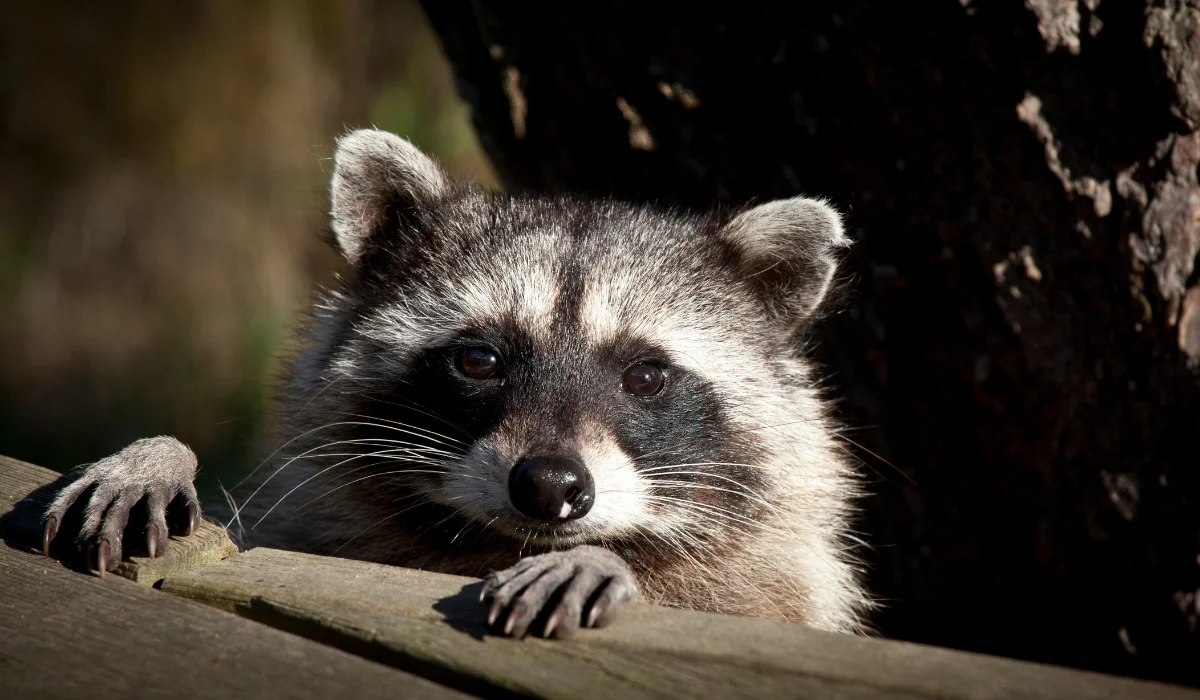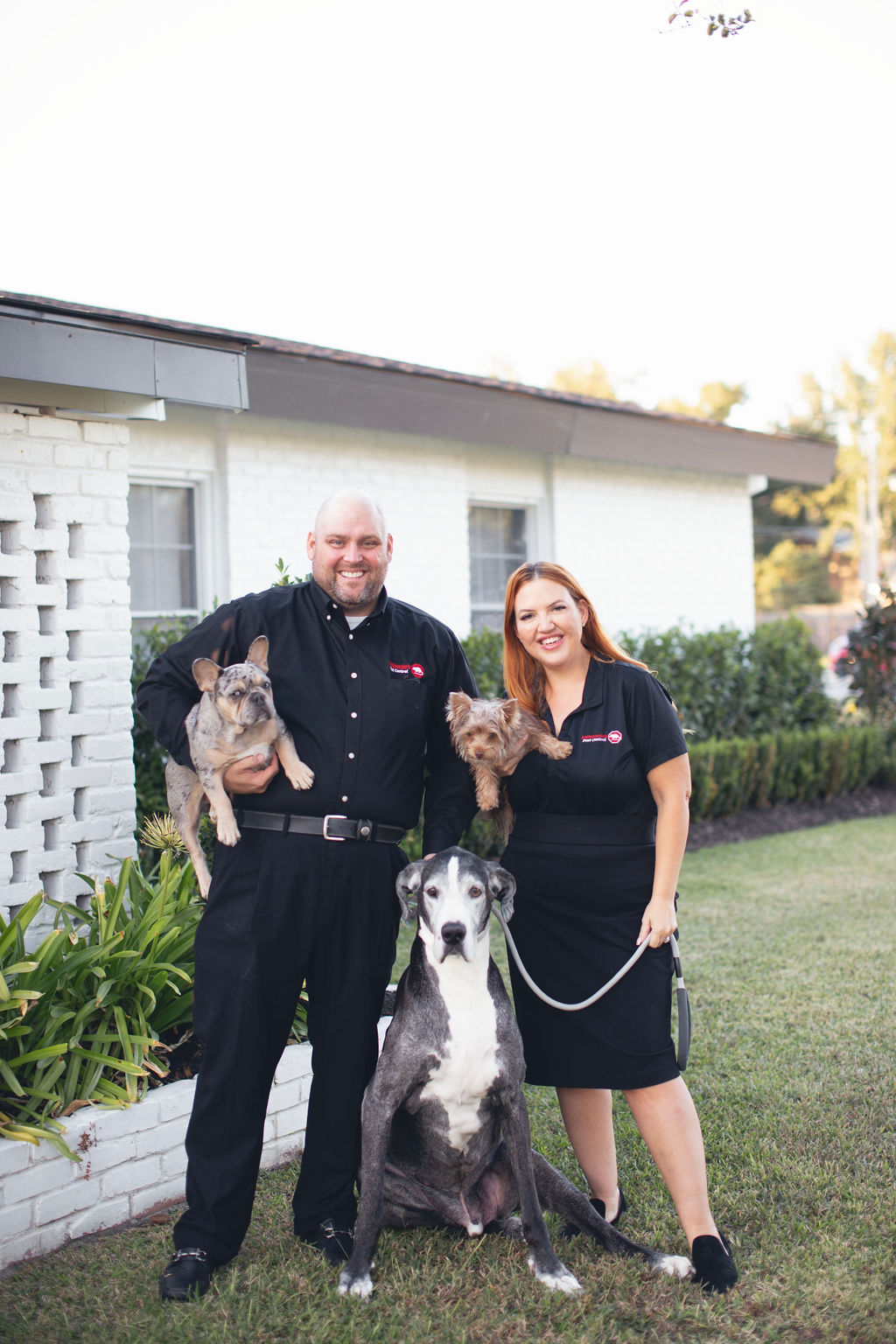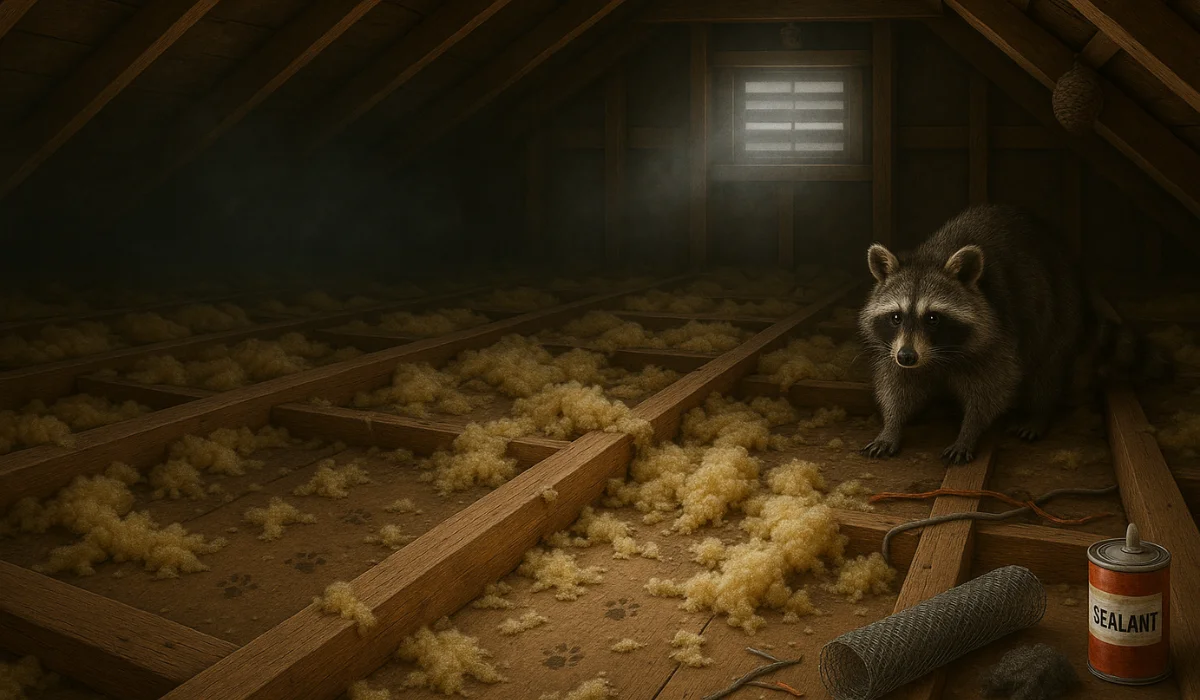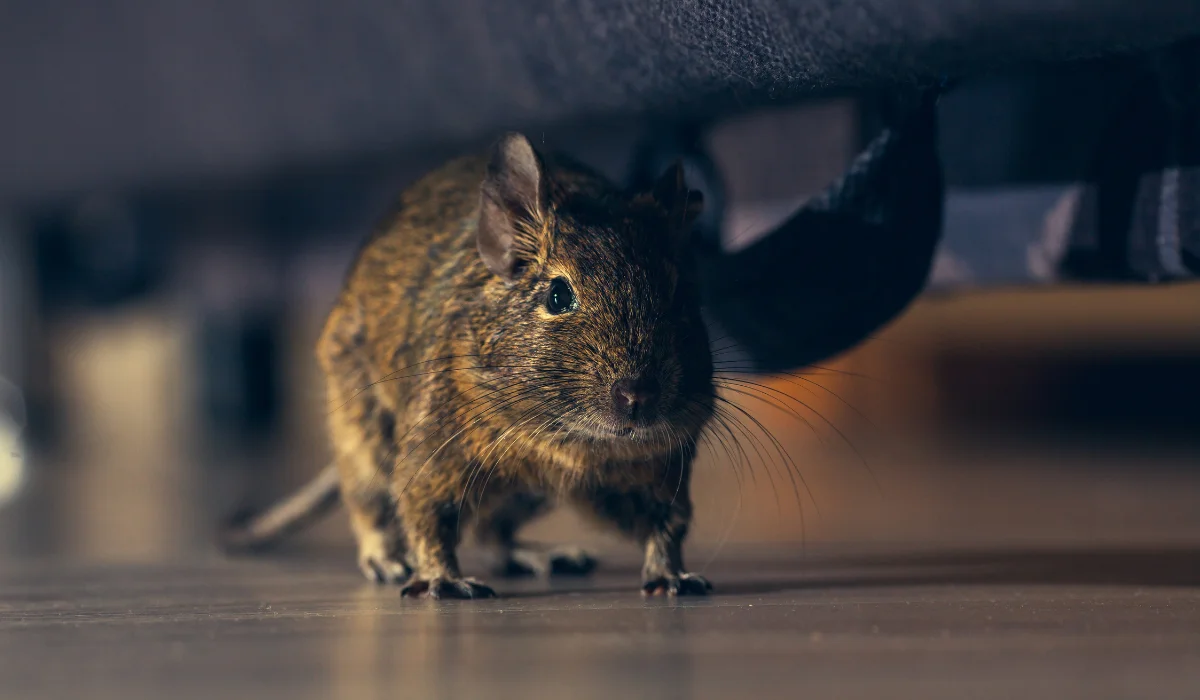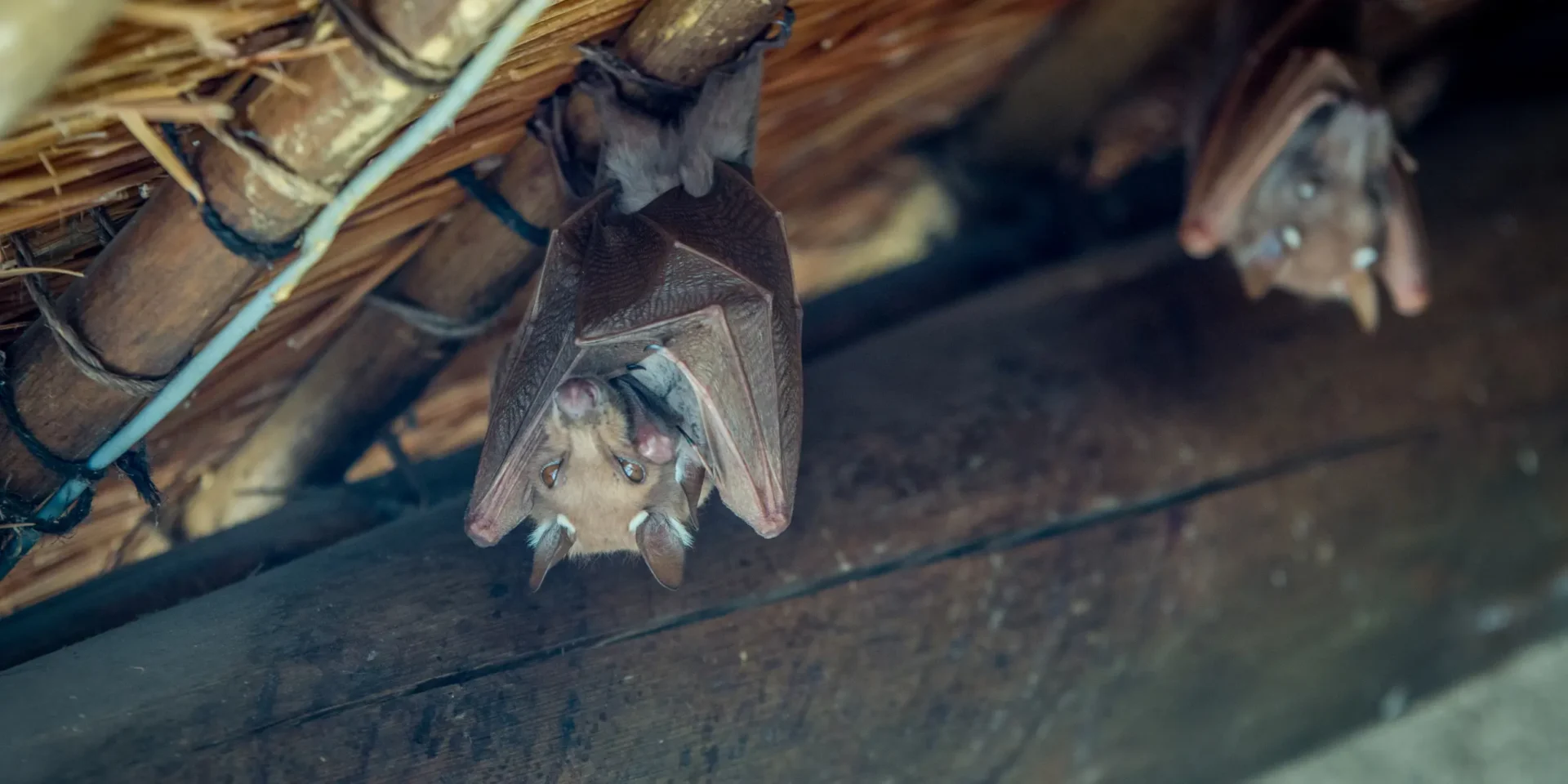If you’ve had a raccoon sneak into your attic, you might be asking yourself: “Is it gone for good, or is this going to be a repeat problem?”
For homeowners in Louisiana, the answer is often the latter. Raccoons are clever, territorial, and if they’ve found a warm, dry place once, especially during baby season, they’ll try to come back.
Let’s take a closer look at why raccoons return to the same attic, the signs to watch for, and how to stop them from settling back in.
Key Takeaways
• Raccoons return to familiar attics, especially if they’ve nested there before.
• Entry points, such as broken soffits, loose shingles, and open eaves, make it easy for them to re-enter.
• Removing wildlife won’t work long-term without sealing entry points.
• Louisiana homeowners should act quickly to avoid health risks and costly attic damage.
Why Do Raccoons Keep Coming Back?
Raccoons return to attics for three primary reasons: safety, access to food, and familiarity with the area. In parts of Louisiana, such as New Orleans, Lafayette, and East Baton Rouge, attics provide the ideal hideaway from predators, adverse weather conditions, and human activity. If a raccoon gave birth in your attic or was born there, it will likely return.
Raccoons Use the Same Entry Points
They don’t need much to get back in. A loose soffit or torn vent screen is all it takes. These critters are known for prying into crawl spaces, garages, and rooflines until they find an opening. Once they see it, they won’t forget it.
Signs You’ve Got a Repeat Raccoon Infestation
Think the raccoon is gone for good? Not so fast. Here are the warning signs of a returning wildlife problem:
• Scurrying sounds in the attic, especially after dark.
• Droppings or greasy tracks in insulation or ductwork.
• Damaged vents, peeled-back shingles, or chewed entry holes.
• A strong smell or visible feces, especially in corners or near air returns.
• Noises from baby raccoons, especially in the spring.
If you notice any of these, you might be dealing with more than just a one-time wildlife issue.
Why Raccoon Problems Pose Health Risks
Raccoon droppings carry bacteria and parasites, such as roundworm. Their urine can seep into insulation, and if a dead animal is left behind, the odor can persist for weeks. Some even carry rabies, which poses a real threat to pets and people.
That’s why you need proper wildlife control, not just for comfort, but for safety.
Why DIY Trapping Usually Fails
Setting live traps or using over-the-counter repellents might offer temporary relief, but these methods don’t solve the root problem.
You might trap one raccoon, only to find another one back a few weeks later. That’s why raccoon removal must always be paired with professional exclusion work.
Keep Them From Coming Back: Prevention Tips
Even after animal removal, raccoons may try to return. Here’s how to reduce the risk:
• Seal all entry holes, including even the smallest ones near soffits, vents, and pipes.
• Secure garbage cans with tight lids and avoid feeding pets outside.
• Store pet food indoors in sealed containers.
• Keep tree limbs trimmed back at least six feet from your roof.
• Have a pro inspect your attic regularly, especially after storms.
If you’ve had raccoons once, your home is now on their radar. Don’t wait for them to bring friends next time.
What Wildlife Control Professionals Do Differently
At LaJaunie’s Pest Control, we offer full-service wildlife removal across Southeast Louisiana. Our process goes beyond setting a cage trap:
• We inspect your roof, eaves, and attic for entry points.
• We remove the critter using humane trapping methods.
• We seal all gaps using durable materials that withstand the pressure of wildlife.
• We offer attic sanitation and insulation restoration if needed.
We’re not just another animal control company. We’re locals, and we understand how wild animals behave in this climate. If you’re facing recurring raccoon trouble, we’ll come out fast, even on Saturdays, and provide a free quote for our comprehensive wildlife removal services.
We handle not just raccoons but opossums, skunks, and other nuisance wildlife, too. Just give us a call, whether you’re in Lafayette, New Orleans, or East Baton Rouge; our removal services are designed for long-term protection.
FAQs
Why do raccoons return to the same attic?
Raccoons return because your attic offers warmth, safety, and familiar shelter. If they’ve nested there before, especially during breeding season, they’ll remember and try to come back.
How can I stop raccoons from coming back?
The best way is through exclusion: seal all entry points, remove any animals, and clean up waste. Regular attic inspections help catch issues early.
What are the risks of having raccoons in the attic?
Raccoons can cause attic damage, spread parasites like roundworm, and even carry rabies. Their droppings and urine can contaminate insulation and ducts.
 By: LaJaunie's Pest Control
By: LaJaunie's Pest Control 